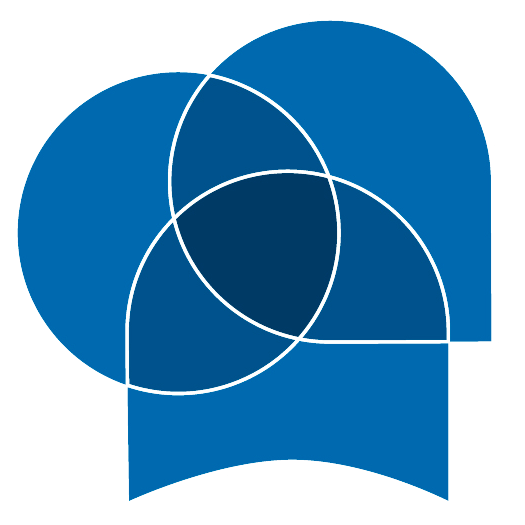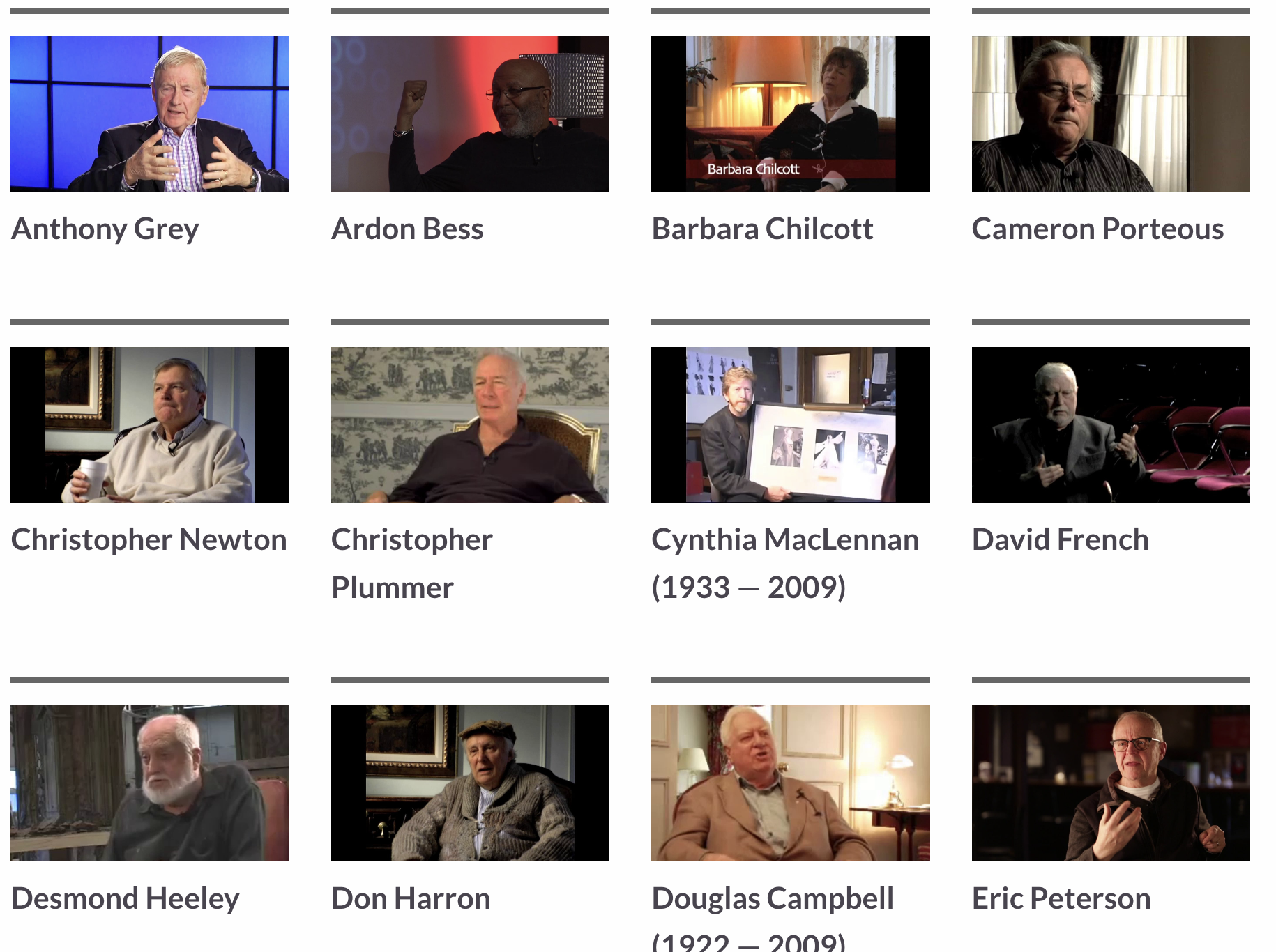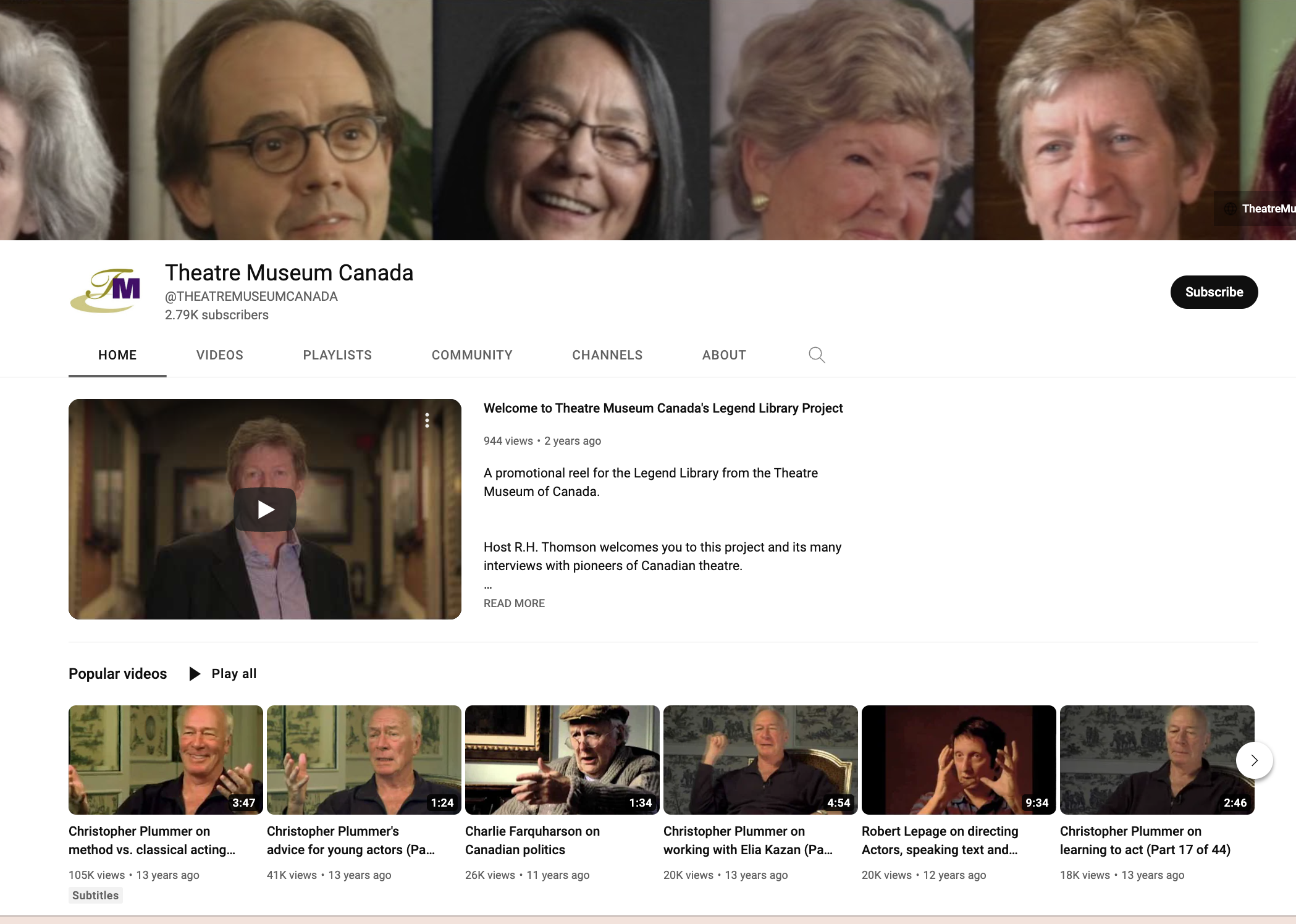The following case study recording is from the ‘Innovating with Collections Online’ cohort member Michael Wallace, Executive Director, Theatre Museum Canada.
Throughout the programme, Michael’s goal was to think about Theatre Museum Canada’s born-digital collections, specifically the Legend Library. Overall, Michael wanted to think about them not as a project, but more as a collection to be utilized online and for future in-gallery perspectives.
Transcript
So, my name is Michael Wallace and I’m the executive director and almost the only full-time staff person at a small Museum called Theatre Museum Canada and at the moment, we reach across the country and throughout the province with our online work and website.
Our project goal this time was essentially for us to take a pause and for us to think about our oral histories, our born-digital collections, and to think of them not as a project so much, and which is what we had been doing and thinking about more like a collection, and that applied not only to its online usage but also our planning for eventually having a home and planning for ways that that can be used in the in-gallery perspective. And of course, that’s all serving our big goal, which is our mission, which is for the Theatre Museum, we invite the world to explore the past, present and future of Canadian theatre. So for us to try and figure out, how can we use our digital assets to do that better?
So what did we do throughout the project? The whole thing much of it was with the guidance of the project team. We did a few pieces where part of it was just take a look at what information we had available to us using online tools to better understand our audience. So geographically where they’re from, what their age groups were, whether they’re looking at us on their phones or laptops, how much of our content they’re looking at at a single session. The Theatre Museum has been using to, we call it the Legend Library, and it’s an essentially an online oral history project. So we have R.H. Thompson who’s a Canadian actor and director speaking with various pioneers of Canadian theatre. And then we’ve broken these, sort of, two, three-hour interviews into seven minute clips. So for us it was great to get a strong sense of who’s looking at the interviews, but also which interviews they’re looking at the most, and also who’s looking at the interviews, like which interviews are they staying with for the longest.
So for us to get a pretty solid understanding from our perspective of how that material is getting used, and looking at audience segmenting, using that and gathering, piling, and discussing with the project team what that data was, and how it might influence our future planning and future activities, and it gave us a better, and a big part of what we did too is just to get a better understanding about some of [what] these Google and other online tools were, and how to use them. And working with experienced people that could tell us, you know, this is a good quick way of doing that, rather than me taking six months to try and find out how some of these more complex tools work.
For us, for me, I think one of the big challenges was literally just taking the pause to spend the time to figure out who our audiences were, what our goals were, all those kinds of things, because we had been quite busy with the project, you know, making sure we had more interviews, trying to figure out who’s next and all that. But also just to take a minute and more than a minute, but to take a breath, take a pause and reflect on how the materials being used and by whom, so that was, sort of, systemically, I guess was that was a big challenge. And I think was very much worth it for us to do that, and to better understand these various tools that exist out there for us to better understand our audiences and how they’re using our material. And then also for us to be able to tailor more of our information or tailor our content to them and their interests.
So what have we learned so far? What were our takeaways? I think for us we always had a sense that we had an audience that was across the country and around and throughout the province. And so we now have a better understanding of where folks are, and more solid understanding of the geography, the age groups, and all those kinds of pieces of the puzzle. We also have a stronger understanding, we’ve learned about what material interests them, and was [it] kind of interesting because not only were we able to focus on say, like, the top 10 interviews, but we were also able to discover that. In fact, most of our audience is not only looking at the top 10. So there’s this, one of the joys I guess of the internet is you’ve got this very long tail where you’ve got all these other interviews that people are watching less. But in fact more people are watching those interviews than are watching the top 10, and so for us to make decisions based on that, so that’s, those are some of the pieces that we’ve learned so far.
So our next steps, I think our part of it is just to further refine how we’re using those tools so that, as I was saying, we’ve learned where they are, where our audiences geographically and by age, so to break that down a bit more and also to make sure that we’re not getting completely lost in the rabbit hole of finding out, like, all the data that’s available through these tools, but to make sure that we’re focused on strategically on, like, not on what information is available necessarily, that’s not our focus, but that our focus is on what information is useful to us, and to try and work with that, but it’s also just very helpful for us, like, from a reporting perspective. So for our donors and our public funders to let them know that yes, you know, we are in fact reaching across the province and across the country and around the world with our stories. So yeah, so for us to further refine our understanding of the tools to revisit every once in a while, and maybe also to, sort of, build that pause that I mentioned earlier, to build that into our work so that this is, these are things that we look at because one of the challenges I didn’t mention actually is that, like, everything that’s happening online, it just changes all the time so that at the beginning of it, you know, there was a certain Google tool that got used in a certain way but six months later, you know, they’d come out with a brand new version which meant that we had, sort of, revised a bit of what we were looking for and how we were asking for it, but I think that for us to, sort of, build that in as a regular thing not just every five years, you know, that’ll be very helpful for us.
So the last question then is is how will this impact our future projects? And I think it will absolutely, so I think that partially in just a, sort of, fundamental level as it does change how we’re thinking about how we’re collecting, storing and sharing our digital based assets, and for us to think of them in that way, and for us, the Theatre Museum specifically, we’ve been quite focused on sharing that material online, but this will also allow us to think about how we’re going to share those things in an in-gallery or in-person experience.
Thank you.
In the clip, Michael Wallace breaks down the project:
- Goal
- Activities
- Challenges
- Learnings
- Next Steps
- Impact of work on future projects


